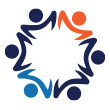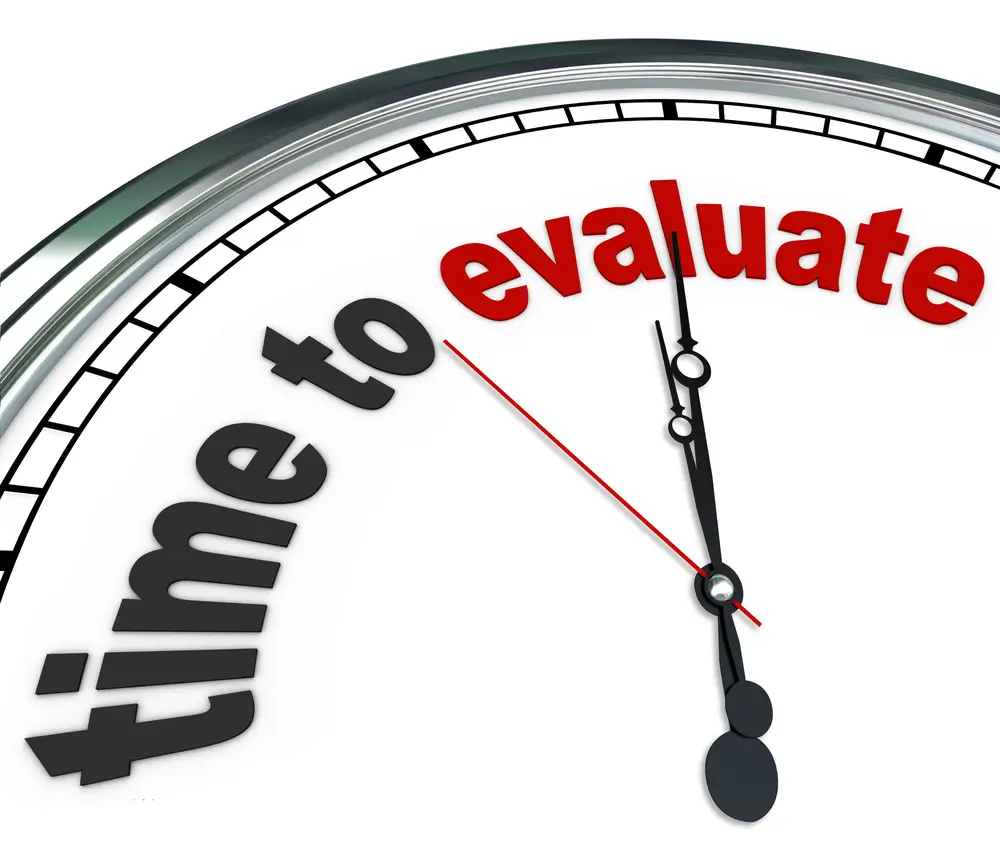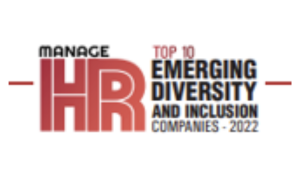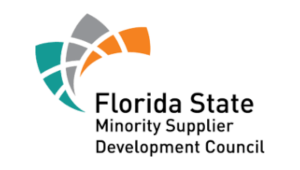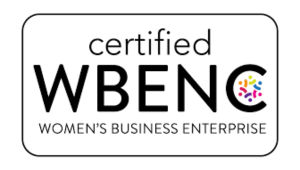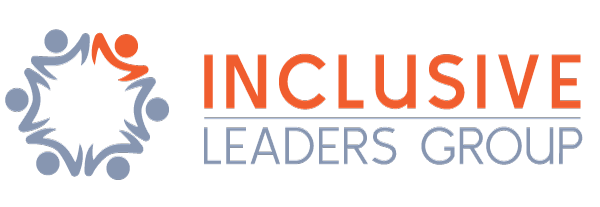“In the face of uncertainties, planning defines the particular place you want to be and how you intend to get there.”- Peter Drucker
My family and I had a lovely Christmas and New Year’s Day holiday week, and my return to work is exciting and purposeful.
As I set 2023 goals focused on my optimal performance, I also think about my clients and recommend they align Diversity, Equity, and Inclusion (DEI) performance with their business goals and talent management strategy for better results.
Conducting a DE&I Organizational Assessment
Does your organization need a DE&I Assessment?
The racial and social justice movements that took shape worldwide over the past two years compelled companies across industries to place renewed emphasis on both racial equity and diversity, equity, and inclusion (DEI). For example, hundreds of CEOs signed pledges to take “collective action” on workplace DE&I matters, while several top-tier brands each poured in millions of dollars to advance their own DE&I efforts.
CEOs and their executives with responsibility for company culture, human resources, and diversity and inclusion, collectively decide whether the organization commits to Diversity, Equity, and Inclusion (DEI) performance goals and objectives. Fully understanding the meanings of each is the first step for executives:
- Diversity is the presence of differences that may include race, gender, religion, sexual orientation, ethnicity, nationality, socioeconomic status, language, (dis)ability, age, religious commitment, or political perspective. Populations that have been-and remain- underrepresented among practitioners in the field and marginalized in the broader society.
- Equity is promoting justice, impartiality, and fairness within the procedures, processes, and distribution of resources by institutions or systems. Tackling equity issues requires an understanding of the root causes of outcome disparities within our society.
- Inclusion is an outcome to ensure those that are diverse feel and/or are welcomed. Inclusion outcomes are met when you, your institution, and your program are truly inviting to all. To the degree to which diverse individuals can participate fully in the decision-making processes and development opportunities within an organization or group.
Where Is The Organization on Its DEI Journey? What Is Your DEI Maturity Level?
Determining whether D&I or DE&I is the organization’s strategic focus, often comes down to where the organization is on its diversity journey. My conversations and consultations with company executives reveal that employers usually fall into four (4) categories:
- They have an Equal Opportunity Program (EOP) statement and policy, but no diversity and inclusion statement or initiatives such as a D&I Executive Council or Employee Resource Groups (ERGs). They are Compliance driven with Legal/HR/D&I responsibility.
- They have a Diversity statement and possibly a few programs such as increasing representation of certain demographics such as women, or Black. They are Programmatic driven with HR/D&I responsibility.
- They have a sophisticated understanding of DEI and link to business strategy and DEI is a personal priority of CEO and senior executives. A strategic plan exists with leader performance expectations. They are driven by executives with Business Leadership responsibility.
- They have an integrated approach to all aspects of the organization-e.g., behaviors, structures, and systems. DEI is embedded in the culture and driven by all associates with the whole organization sharing responsibility.
What is a DEI Performance Gap?
When conducting performance consulting discussions with CEOs, CHRO’s, and CDOs, I ask them to confirm what level are they are now on the D&I Maturity model, and what level do they want to achieve the next year, or three years in the future. Performance consulting is a process that produces business results by improving the performance of people in an organization. Performance consulting is results-focused and concentrates on the gaps that exist between business and performance results. The aim of a performance consulting process is to study and explain the “how” and the “what” that organization wants to accomplish, to ultimately enhance the organizations overall performance.
Organizational DEI effectiveness can be dictated by how proficient employees are with DEI competencies when carrying out work responsibilities. Gaps in employee DEI performance prevent your business from living up to its full potential. In a word, a DEI performance gap refers to the difference between the current DEI performance of an individual, team or organization, and desired future performance. DEI performance gaps cause employees to underperform expectations, which then leads to an organization with less than anticipated business results.
Have You Performed a DEI Organizational Assessment Since 2020?
Once an organization identifies their DEI performance gap, the next step is to conduct a DEI assessment, a process for obtaining valid data and information about the performance of an organization on key DEI factors. Assessment also establishes a baseline from which to celebrate what is working well and identify necessary steps to close the DEI performance gap.
I advise employers that if they have not performed a DEI assessment since 2020, they should do so this year. Why? Here’s the rationale:
- Employees and job candidates want serious employer actions against racism: Following the 2020 racial awakening after George Floyd’s death, two-thirds of workers want their companies to speak out against racism. What’s more, 54% said they would consider quitting if their employer did not take a stand. Many companies are beginning to respond. Apple’s commitment to fighting injustice internally and externally through the launch of the Racial Equity and Justice Initiative focuses on global education, criminal justice reform, and economic equality for people of color, but also supports programs that develop a more diverse pipeline to Apple and the broader tech industry itself. Nike devoted advertising resources to messages that fight injustice. Coca-Cola set diversity targets for their lawyers with reduced payments for those firms who choose not to comply.
- Millennials & Gen Z talent Are Pushing Companies On Diversity, Equity, and Inclusion: Millennials and Generation Zs have long pushed for social change, but the 10th annual Deloitte Global Millennial and Gen Z Survey reveals that they believe the world has reached a tipping point on issues such as racial justice and inequality in the workplace. Throughout 2021, calls for racial justice would touch seemingly every aspect of American life on a scale that historians say had not happened since the civil rights movement of the 1960’s.
Watch my brief video describing the differences between Diversity, Equity, Inclusion & Belonging.
Interested in learning more about an organizational DEI assessment for YOUR organization? Let’s have a 30-minute virtual coffee and talk about it.
Are you ready to explore executing a DEI strategic plan to meet your business goals? Contact Us.

